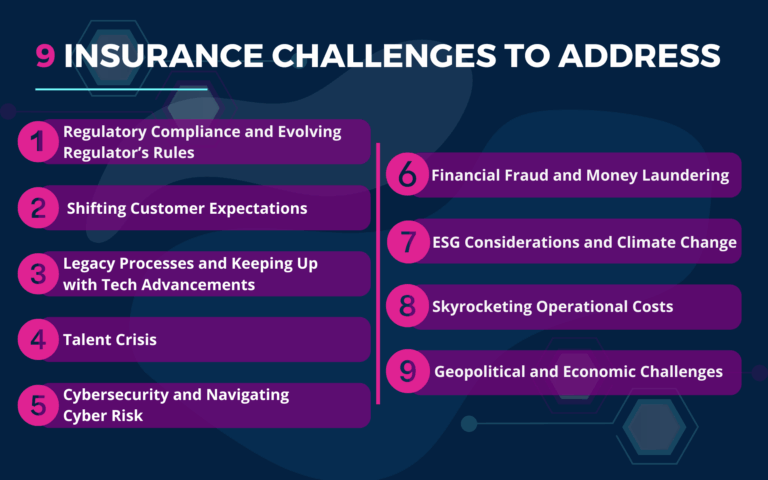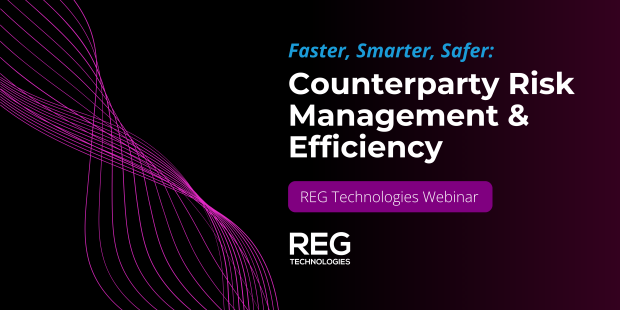5 RegTech Trends to Watch Out for in 2025/2026
As we enter the final quarter of the year, it's a good moment to reflect on recent developments and prepare for what lies ahead. Regulatory technology (RegTech) continues to prove invaluable when helping firms navigate an extremely complex regulatory environment. Moving forward into 2026, RegTech is evolving beyond automation, and towards intelligent, strategic solutions that embed compliance into day-to-day operations. From Consumer Duty requirements to ESG disclosures and cross-border data regulations, insurers and financial services firms face growing pressure to manage compliance efficiently, proactively, and transparently.


















